Just what are Preston's tallest buildings and how big are they
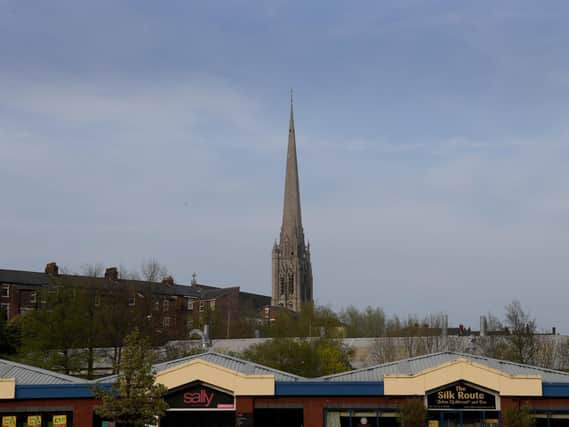

If you walk around Preston these days you cannot fail to observe the number of tall buildings recently constructed or in the course of construction, particularly in the vicinity of the UCLan campus.
And the old Victoria Furniture warehouse on Church Row will soon disappear and be replaced by another apartment skyscraper next to the Guild Centre, rising to the same height as its towering neighbour.
Advertisement
Hide AdAdvertisement
Hide AdWhen Preston folk of the 19th century scanned the town’s skyline it was all church spires, factory chimneys and windmills. Ironically, the view of St Walburge’s Church and its iconic spire is now partly obscured by the Engineering Innovations Centre constructed on Corporation Street.
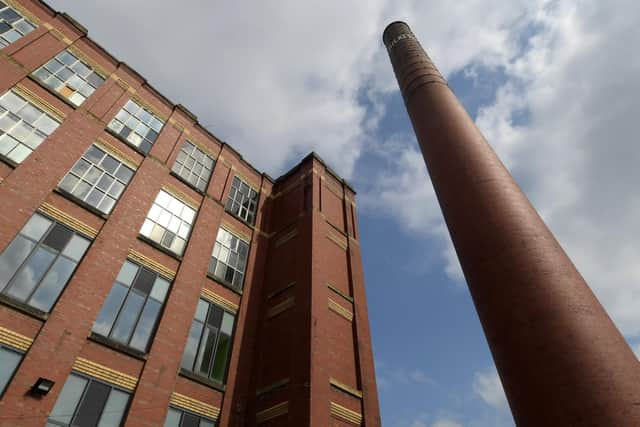

The spire added in 1867 was, until now, seen from all points of the compass, rising with lofty gracefulness to a masonry height of a few inches short of 300ft, with the weather vane aloft making it more than 314ft tall.
Preston Parish Church, now the Minster of St John’s, has been rebuilt a number of times on its present site. Work was completed in 1855 on the present structure with its spire reaching 207ft into the sky. By that time it had to compete with the 114ft tall spire of St Ignatius Church, built in 1833 , with its 5ft tall cross on top.
Not forgetting, the splendid spire of St Peter’s Church on Fylde Road added in 1852, nor the impressive tower of St Mark’s Church which was added later in 1870, making it visible from afar due to its lofty location, or indeed the clock tower of Fishergate Baptist Church on Fishergate, and the tower of the old St Mary’s Church, off New Hall Lane.
Advertisement
Hide AdAdvertisement
Hide AdEnglish Martyrs Church also reaches towards the heavens with a central turret 150ft tall. The local Roman Catholics certainly liked their tall structures, St Augustine’s Church, opened in 1840, had its two 70ft tall towers, with their cupolas on top added, 50 years later.
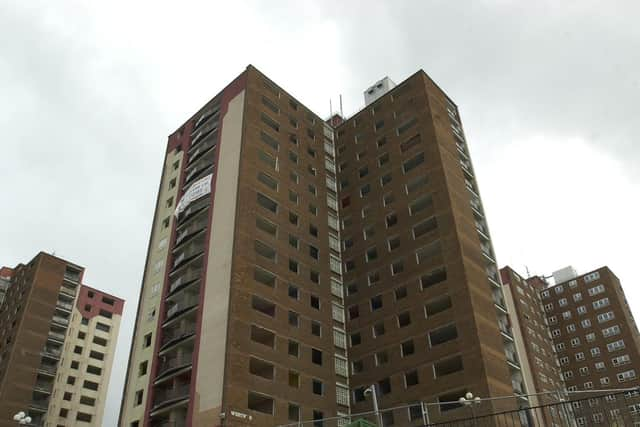

Thankfully, although the church is now a sports centre, the towers remain as a significant landmark. Some folk still talk of the towers of St Saviour’s and St James in Avenham, both seen as landmark structures in their day.
It’s not all about churches though and the Tulketh Spinning Mill of old is an example of a structure which stands out, not surprising really since its circular chimney stack stood 230ft tall at one time. While in Fishwick once stood a cotton mill seven storeys high, known in its day as the ‘Big Factory’. Mill chimneys at such places as Greenbank Mill and at Horrockses’s Yard
Works were a familiar sight in the heyday of the cotton industry, no wonder then it was grim in those days with the choking smoke billowing from many a tall stack! The most prominent chimneys on the outskirts of post war Preston were those at the Courtauld’s Red Scar site standing 365ft tall before being knocked down in 1983.
Advertisement
Hide AdAdvertisement
Hide AdIn mid-June 1962 it was announced that three tower blocks being built on Moor Lane would become the tallest buildings in town. The £1m plus development would rise above the Harris Library and Museum and would stand taller than the apartment blocks built at the dawn of the decade in the Avenham area that had left even the Avenham Tower in the shade.
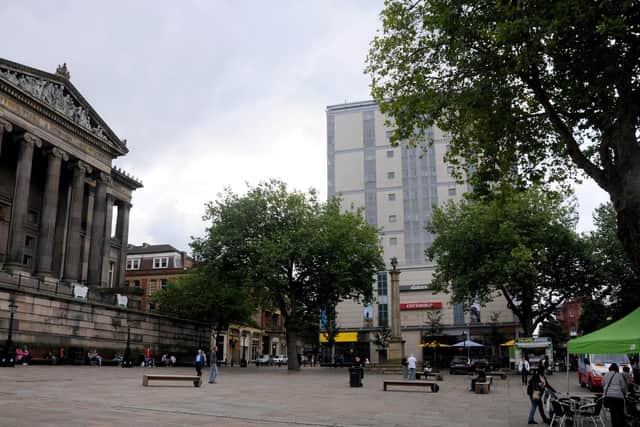

Besides the Harris other tall town centre buildings such as the Sessions House, the General Post Office building and Miller Arcade would soon be put in the shade.
Tenants were occupying the new skyscraper blocks of Lancaster House and York House built at a cost of £130,000 and standing 11 storeys high. Their appearance on the skyline caused quite a stir – but they are no longer with us - being knocked down in 2005 and replaced by lower level city view apartments.
The skyscraper buildings of Carlisle House, Lincoln House and Richmond House either side of Avenham Lane would soon follow, standing 12 storeys high and 115ft tall.
Advertisement
Hide AdAdvertisement
Hide AdThat summer of 1962 saw the finishing touches put to Cumberland House the first of the three multi-storey blocks of flats being built by Preston Corporation on Moor Lane. Cumberland House and its neighbours Westmorland House and Northumberland House were structures standing 167ft tall, each block containing 96 apartments.
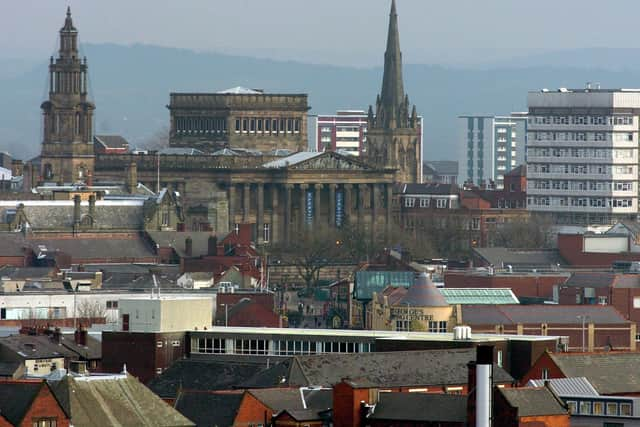

Unfortunately, they also had a relatively short life span being demolished with controlled explosives at the dawn of the 21st century after being condemned as dangerous .
With the demolition of the fire damaged ruin of the old Victorian Town Hall with its clock tower 176ft tall, and weather vane which added another 15ft, the skyline was changing.
Soon the 164ft tall block of Crystal House would occupy that site in the Market Square. Nowadays, it is known as the Cubic after a 2008 facelift which cost £4m and raised its height to 200ft.
Advertisement
Hide AdAdvertisement
Hide AdThe new Telephone Exchange building on Moor Lane was opened in June 1964 standing 12 storeys high and 157ft tall. It had cost £775,000 to build and 50 female telephonists were still needed to work the manual switchboards.
The revolutionary changes to the Avenham area were still going on mid decade and in June 1965 the completion of two tower blocks Kendal House and Penrith House on Avenham Lane led to an official opening.
The new structures demonstrating the policy of high rise living with 19 storeys and a skyline of 173ft. The tower blocks had cost £800,000 to build and praise was given to the architects of Building Design Partnership and the builders John Turner and Sons both local companies. Nowadays, those twin towers are known as Sandown Court and they had a £3m facelift in recent years.
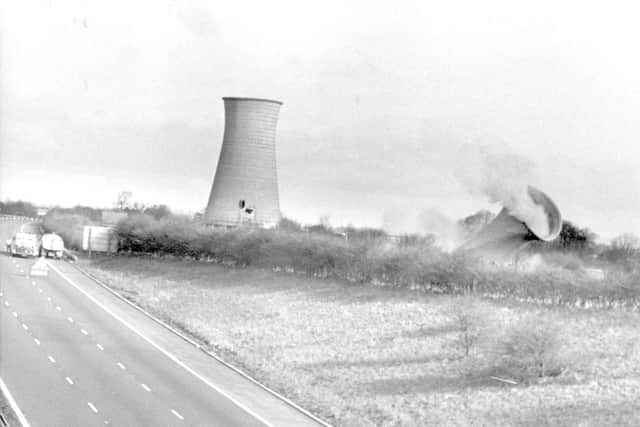

The 1960s were certainly a decade of change and the building of the high rise apartments led to many more tall buildings in the years ahead. The new Preston Bus Station, with it’s multi-storey car park on Tithebarn Street, opened in 1969, was another structure whuich got you looking upwards and alongside it the Unicentre of 14 storeys and 194ft would soon be standing.
Advertisement
Hide AdAdvertisement
Hide AdWith the arrival of the new Guild Hall of 1972 on Lancaster Road the imposing Guild Centre would soon follow on Lords Walk to out climb the Unicentre being 15 storeys high and 208ft tall.
On Lancaster Road besides the change that brought the Guild Hall a number of office blocks soon followed.
On the junction with the Old Vicarage lane stand four tall office blocks, the quadrant made up of Duchy House, Palatine House, Red Rose House and Elizabeth House, these buildings reaching upwards of 157ft.
On the junction of Lancaster Road and Ormskirk Road stands Victoria House and across from it on Ringway is Ribchester House. All built to cater for a growing throng of Preston town centre office workers which by 1970 numbered 13,000.
Advertisement
Hide AdAdvertisement
Hide AdMake your way down Ringway and besides the doomed multi-storey market car park, you have Marshall House and the apartment block which was the Lawson Street Police Station building towering up on one side, with the recently renovated Lime House tower block on the other.
These days new hotels have emerged standing several storeys high including the Premier Inn built on Corporation Street in 2011 and the Legacy Preston International Hotel, situated off Marsh Lane, where the Grey Friars once dwelt, all competing with the Holiday Inn on the Ring Road which was built in the 1970s as the Crest Hotel.
Continually we see many modern, tall and colourful looking buildings erected by UCLan added to the skyline. Among those along Adelphi being a School of Health and a building for Medicine and Dentistry. Inevitably, more student accommodation is needed and numerous tall blocks have emerged in the last couple of years.
Between Friargate and Corporation Street is the tall steel structure named the Tram Shed, lower down Friargate luxury student accommodation was built in 2017 and there are apartments on Walker Street now.
The history of many of these iconic Preston buildings is detailed in Keith Johnson's ‘Preston In 50 Buildings’ published by Amberley.